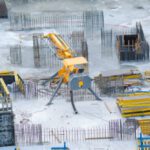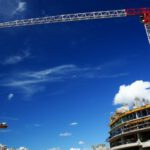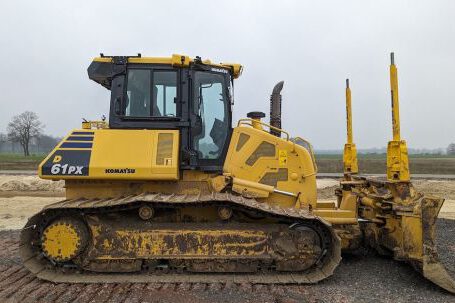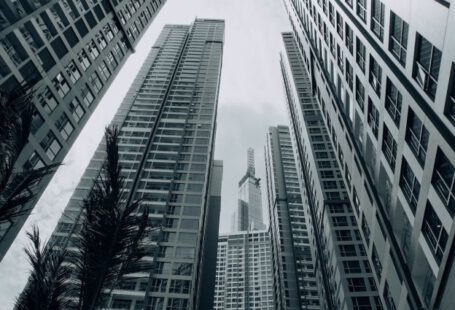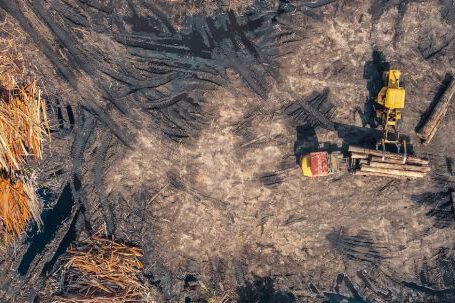The construction industry is a dangerous and hazardous environment to work in and it is essential for workers to have the right protection when it comes to the safety of their lungs. One of the most important pieces of safety equipment is the dust mask, which is designed to protect the respiratory system from harmful particles present in the air. While it is important to understand how these masks work and the different types available, it is also essential to be aware of the critical facts that everyone should know when it comes to construction dust masks.
What is a Dust Mask?
A dust mask is a type of protective equipment that covers the face and nose and helps to filter the air breathed in by the wearer. It is designed to protect wearers from dust, pollen, smoke, bacteria and other particles present in the air. Dust masks can be disposable or reusable, and come in different levels of protection depending on the type of mask used.
Types of Dust Masks
There are two main types of dust masks available: disposable and reusable. Disposable masks are made of paper or non-woven fabric and can only be used once. They are usually sold in packs of 10-50 and are suitable for short-term protection. Reusable masks are made of synthetic fabrics and can be used multiple times. These masks usually come with replaceable filters and can provide a higher level of protection than disposable masks.
Safety Standards
When buying a dust mask, it is important to ensure it meets the applicable safety standards. Dust masks should be marked with the European Standard (EN) number, which indicates the level of protection it provides. The most common EN standard is the EN 149, which is the standard for filtering half masks and covers protection against solid and liquid particles. It is important to note that the EN 149 is not suitable for use in hazardous environments such as welding, painting or spraying and a higher level of protection should be sought.
Maintenance
Dust masks should be checked regularly for wear and tear, and should be replaced if they become damaged or dirty. It is also important to replace the filters regularly, as these can become blocked with particles and stop the mask from providing the necessary level of protection.
Fit and Comfort
Dust masks should fit snugly and securely against the face, with no gaps or loose areas. It is also important to ensure the mask is comfortable to wear, as it needs to be worn for long periods of time. If the mask is uncomfortable it can cause irritation and make it difficult to concentrate on the job at hand.
Conclusion
Dust masks are an essential piece of safety equipment for workers in the construction industry, and it is important to be aware of the critical facts surrounding them. It is essential to understand the different types available, the safety standards they should meet, and the importance of regular maintenance and a comfortable fit. By following these guidelines, workers can ensure they are properly protected from harmful particles present in the air.


